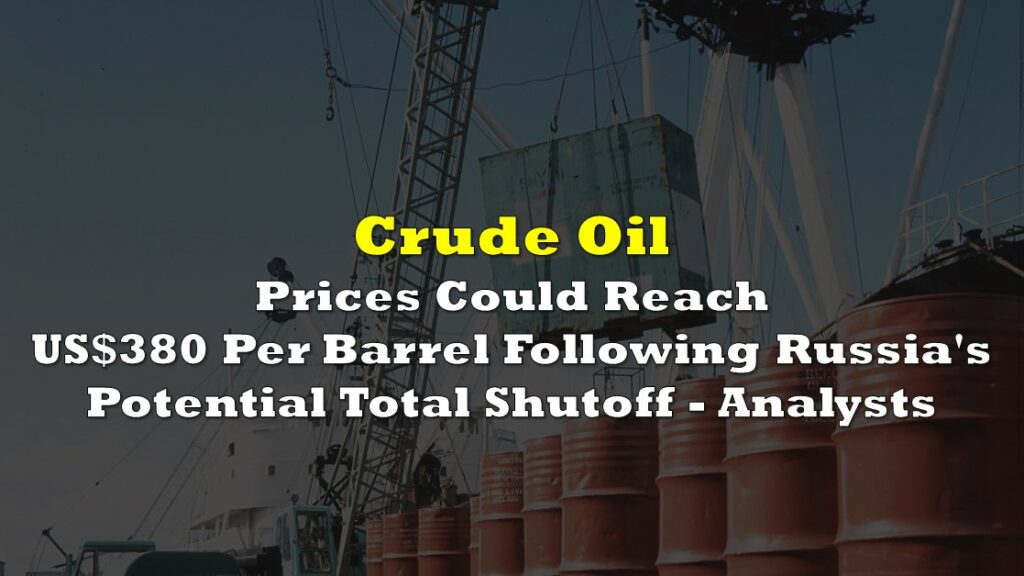The energy sector is navigating a complex landscape as West Texas Intermediate (WTI) oil prices recently dipped below $70, sparking concerns and prompting industry players to reassess their strategies. The Dallas Fed Energy Survey offers valuable insights into the challenges and dynamics shaping the oil and gas industry.
The Dallas Fed Survey, conducted in March 2023, reflected sentiment from U.S. exploration and production (E&P) firms. Last year, the breakeven oil price for E&P firms’ top plays was $62, but with a 10% inflation assumption, the current scenario suggests a price point edging closer to $68. Industry experts point out that $70 is the new $50, potentially signaling a point where U.S. growth might face headwinds.
With WTI breaking below $70, something to keep in mind: This is the Dallas Fed Survey, asking US E&Ps what their Break-Even oil price is in their two top plays. Last year it was $62. Assuming 10% inflation, we're likely closer to $68 and close to where prices are now.… pic.twitter.com/ipBHr7sdq9
— Jeremy McCrea, CFA (@JeremyMcCreaCFA) December 6, 2023
The survey delves into the specifics of operating expenses and breakeven prices for existing wells and new well drilling. On average, E&P firms need approximately $37 per barrel to cover operating expenses for existing wells, slightly up from $34 last year.
Surprisingly, despite recent oil price declines, most firms in the survey can still cover existing well expenses at current prices.

For drilling new wells, the average breakeven price stands at $62 per barrel, a notable increase from last year’s $56. However, the Permian Basin’s breakeven prices have surged to $61 per barrel, $9 higher than the previous year, yet most firms can still profitably drill new wells at current prices.

The employment outlook for the industry presents a mixed picture. While 55% of executives anticipate a stable headcount from December 2022 to December 2023, 37% expect an increase. Large firms, with crude oil production of 10,000 barrels per day or more, require prices of $55 per barrel to profitably drill, compared to $64 for smaller firms.
“Cost inflation” and the “health of the global economy” emerge as the key influencers on profitability for 30% of executives surveyed. Meanwhile, 40% of executives attribute oilfield worker shortages to the cyclical nature of the industry.
The first quarter of 2023 saw a significant dip in the business activity index, plummeting to 2.1 from 30.3 in the previous quarter, indicating a break from the two-year trend of rising activity. Oil and natural gas production also experienced a slower pace, contributing to the downward trend in the business activity index.
Rising costs remain a persistent challenge for the industry, with the input cost index for oilfield services firms at an elevated 61.6. However, the first negative reading in the supplier delivery time index since Q4 2020 suggests a potential improvement in material and equipment availability.
The outlook uncertainty index increased to 62.6, highlighting the continued heightened uncertainty among firms. A notable 68% of respondents reported increased uncertainty regarding their outlooks.
Despite the current challenges, survey participants expect an average WTI oil price of $80 per barrel by year-end 2023. It’s worth noting that these projections range from $50 to $160 per barrel, emphasizing the varying perspectives within the industry.
On Thursday, WTI crude futures made gains, inching closer to $70 per barrel in what appears to be a technical rebound. However, the prices remained in proximity to their lowest levels since late June, having experienced a five-day decline. This downward trend is attributed to ample global supplies and weakening demand.

Information for this briefing was found via the sources mentioned. The author has no securities or affiliations related to this organization. Not a recommendation to buy or sell. Always do additional research and consult a professional before purchasing a security. The author holds no licenses.









